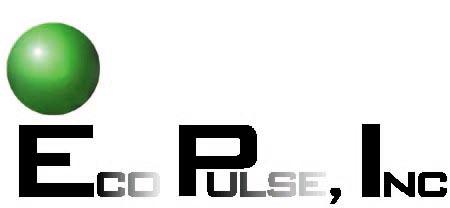

The room-temperature element most transparent to x-rays is lithium, so that lithium is the best material to use in refractive lenses for x-rays. They use the minute effect of the x-rays on a material's electrons, which results in a dielectric constant that is slightly less than unity, to bend the x-rays as they pass into or out of the material as described by Snell's law. Although x-ray refraction was long known, it is so small that x-ray refractive lenses make sense only for the highly collimated x-ray beams from synchrotrons, as first suggested in 1991 (Nature, v.352, p.385, by Suehiro et al.), and subsequently demonstrated in 1996 (Nature, v.384, p.49,by Snigirev et al.).
In the early 2000s we made various types of refractive x-ray lenses from lithium, and measured their performance in cooperation with scientists at Sector 7 of the Advanced Photon Source (APS) at Argonne National Laboratory (ANL). Rev. Sci. Instrum. 73, 1492 (2002) gives early results on a lens that consists of a many prisms in a row, placed under an angle with the beam (as invented in 2000 by Cederstrom et al., Nature, v.404, p.951): Rev. Sci. Instrum. 75, 37 (2004) does it for a standard parabolic lens. A later publication gives additional details.
While refractive lenses made with lithium metal work well and could be improved further, they must be kept dry and preferably kept hermetically sealed, in helium. Other devices that contain lithium metal, including batteries for portable computers (and for the Tesla electric roadster) has been approved for general use by the manufacturers, but x-ray lenses have too small a market to do this. As a result, before such a lens can be used a Standard Operating Procedure must be in place to describe how to deal with lithium metal. At the moment the lenses are, therefore, not in commercial production.